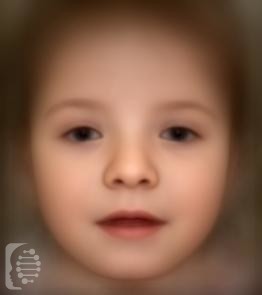What is Saethre-Chotzen syndrome?
Saethre-Chotzen is a rare disease (craniosynostosis) that causes the premature fusing of the bones in the skull.
This premature fusion in turn affects the shape of the head and face. It does not, however, affect brain development and intellectual ability.
Syndrome Synonyms:
Acrocephalosyndactyly-type III; Acrocephalosyndactyly type III; ACS3 Acrocephaly, Skull Asymmetry, and Mild Syndactyly; Acs III; ACSIII; Chotzen Syndrome; SCS; Saethre-Chotzen with or without Eyelid Anomalies.
What gene change causes Saethre-Chotzen syndrome?
The syndrome is inherited and the result of mutations to the TWIST1 gene and FGFR2. It is inherited in an autosomal dominant pattern.
In the case of autosomal dominant inheritance just one parent is the carrier of the gene mutation, and they have a 50% chance of passing it onto each of their children. Syndromes inherited in an autosomal dominant inheritance are caused by just one copy of the gene mutation.
What are the main symptoms of Saethre-Chotzen syndrome?
Physical features of the syndrome include finger and toe webbing, small and unusually shaped ears, a short stature, abnormalities of bones in the spine, curving of the pinky finger, short fingers and toes and a flat head.
Unique facial features of the syndrome include a high forehead, asymmetry of the face, a beaked nose, wide-set eyes and a depressed bridge of the nose.
Possible clinical traits/features:
Narrow nose, Narrow palate, Lambdoidal craniosynostosis, Long nose, Low-set, posteriorly rotated ears, Low-set ears, Low anterior hairline, Microtia, Migraine, Increased intracranial pressure, Abnormal form of the vertebral bodies, Intellectual disability, moderate, Hypertelorism, Cognitive impairment, Hallux valgus, High forehead, Hearing impairment, Short stature, Visual impairment, Hypoplasia of the maxilla, Clinodactyly of the 5th finger, Cleft palate, Malformation of the heart and great vessels, Cryptorchidism, Craniosynostosis, Coronal craniosynostosis, Delayed cranial suture closure, Conductive hearing impairment, Facial asymmetry, Finger syndactyly, Flat forehead, External ear malformation, Atresia of the external auditory canal, Malar flattening, Brachydactyly, Absent first metatarsal, Apnea, Breast carcinoma, Brachycephaly, Buphthalmos, Convex nasal ridge, Cleft of chin, Abnormality of pelvic girdle bone morphology, Abnormal nasolacrimal system morphology, Autosomal dominant inheritance, Plagiocephaly.
How is it diagnosed?
To find out if someone has a diagnosis of Saethre-Chotzen syndrome, it is important to have a consultation and evaluation with a clinical genetic specialist. Specialists may also suggest specific genetic testing or other types of tests to help reach a diagnosis. FDNA’s AI technology can help speed up the diagnostic process by analyzing facial features and other health information.

